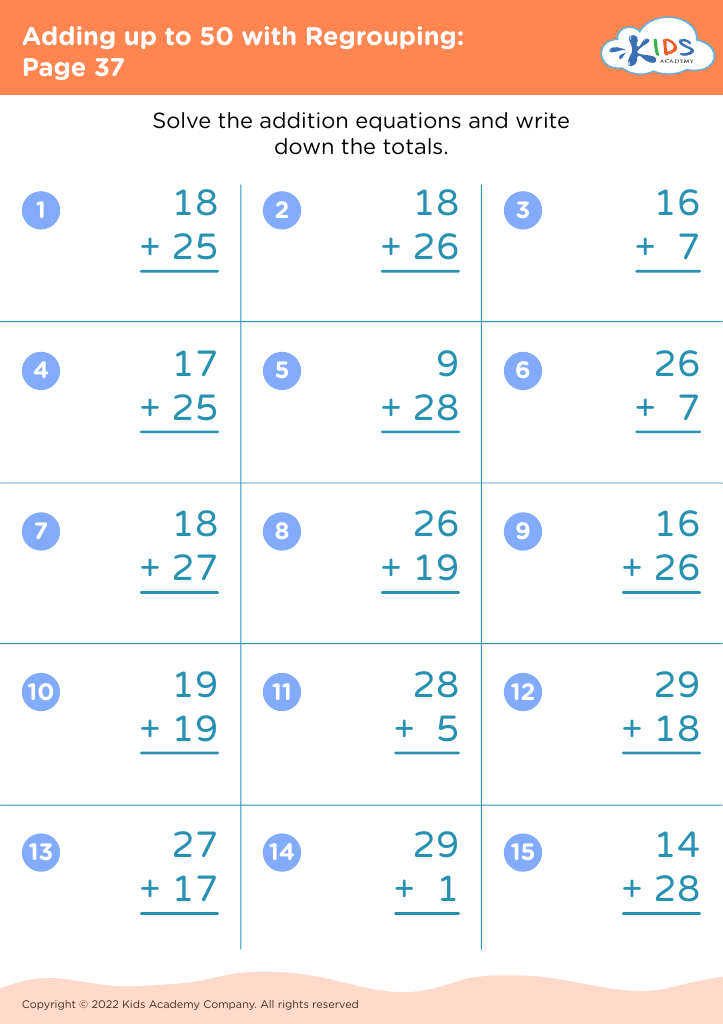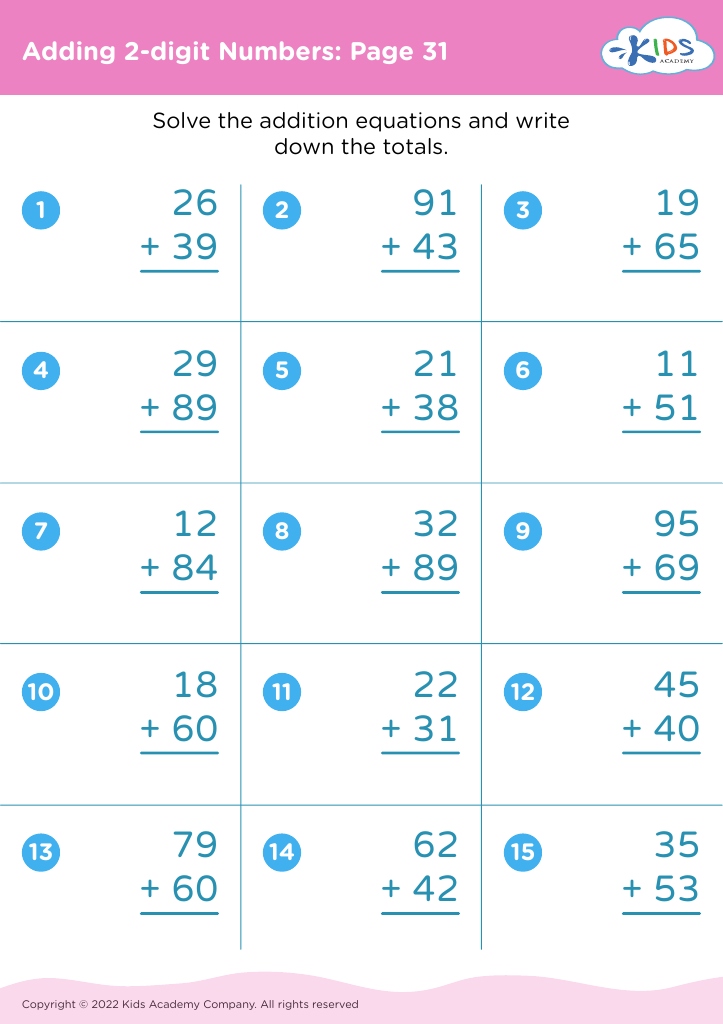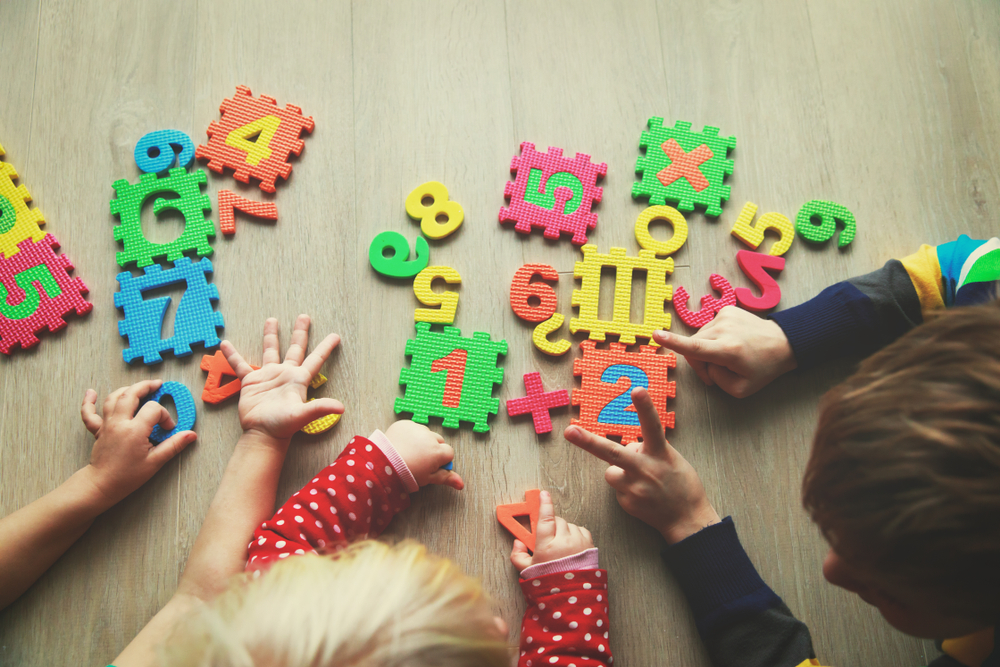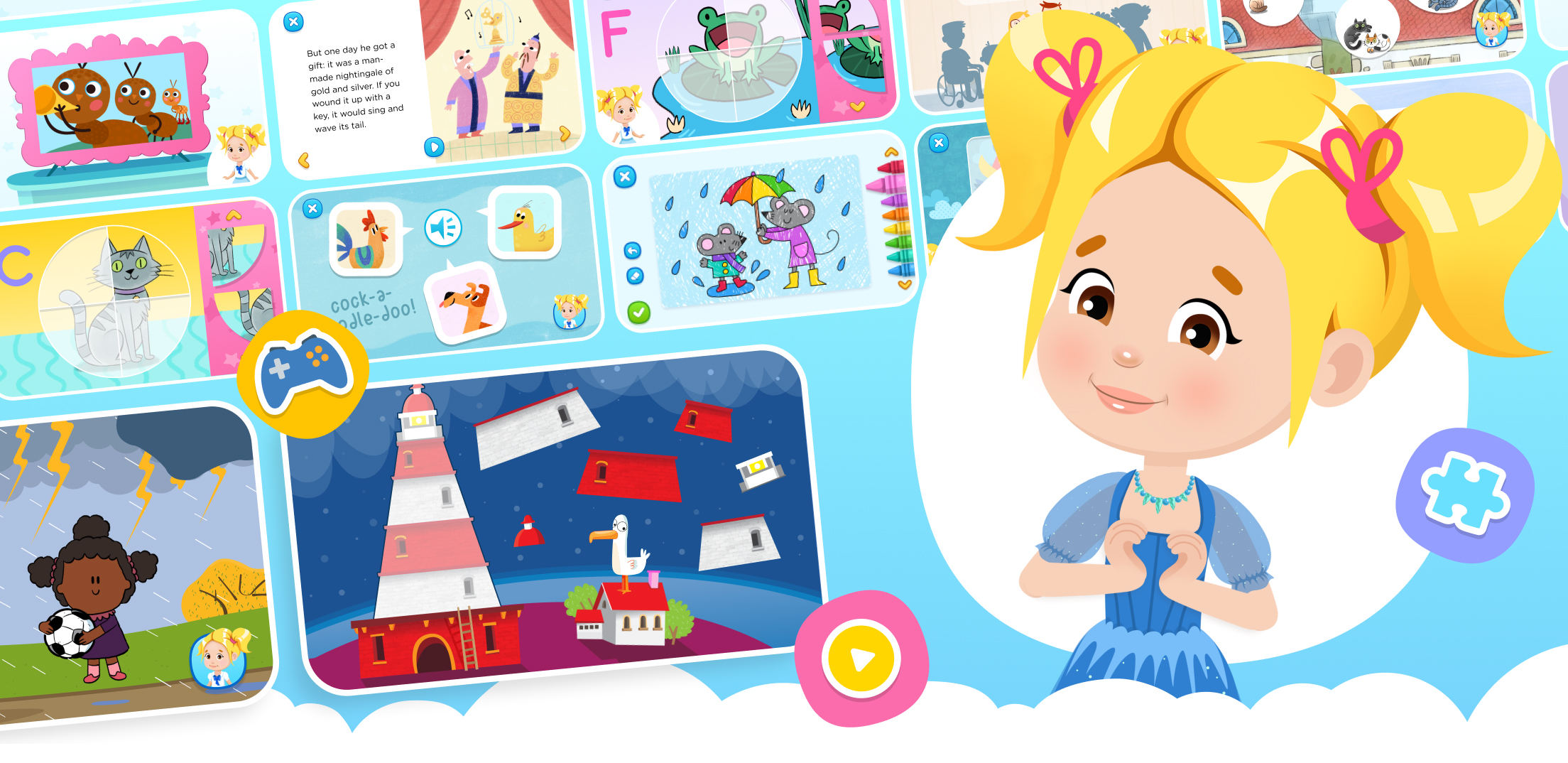Color differentiation Math Worksheets for Ages 8-9
3 filtered results
-
From - To
Discover our engaging Color Differentiation Math Worksheets designed for children ages 8-9! These fun, printable resources help young learners master mathematical concepts while enhancing their color recognition skills. Each worksheet features vibrant visuals that tie in colorful elements with math problems, turning learning into an interactive experience. Our activities cover a variety of topics including addition, subtraction, and pattern recognition, utilizing colors to stimulate creativity and improve cognitive connections. Perfect for classroom settings or homeschooling, these worksheets provide an enjoyable way to reinforce math skills while encouraging visual learning. Start your child's journey toward math mastery today with our colorful resources!
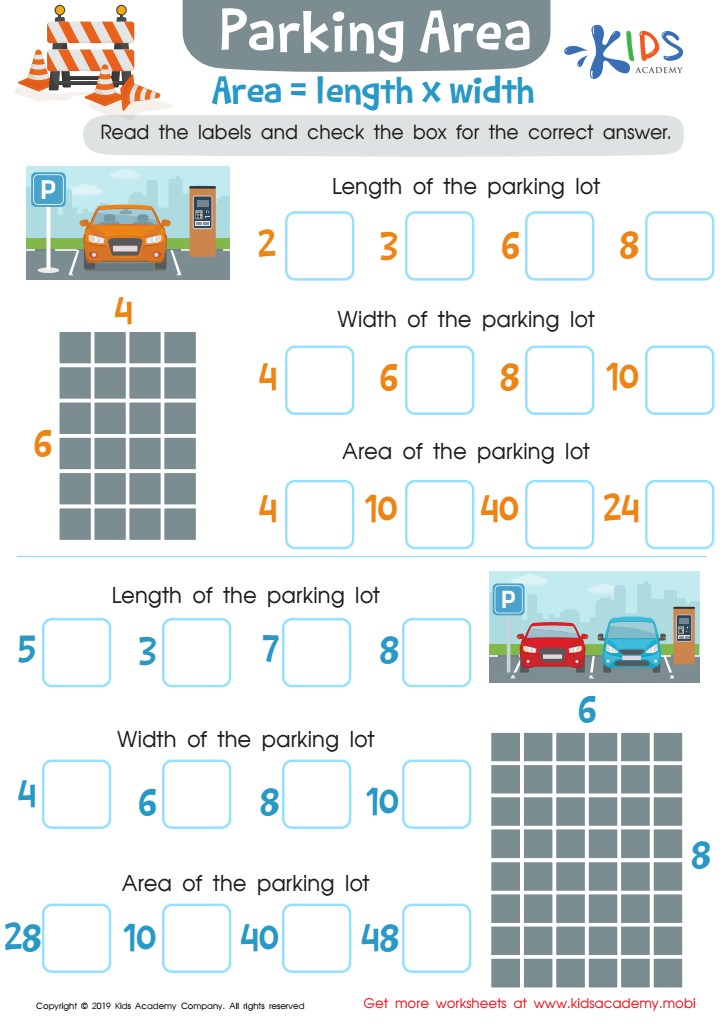

Parking Area Worksheet
Color differentiation in math for ages 8-9 offers a powerful tool for enhancing learning and engagement among young students. This method uses colors to categorize numbers, shapes, and problems, making mathematical concepts more visually accessible. At this age, children are developing critical thinking and problem-solving skills, and employing color-coding can help them grasp complex ideas more effectively.
Parents and teachers should care because children often learn best through multi-sensory experiences. By associating colors with specific concepts, students can improve their memory retention and boost their understanding of foundational topics, such as addition, subtraction, and even early algebra. Furthermore, colorful representations can make learning more enjoyable, turning math from a daunting subject into a stimulating experience.
Additionally, color differentiation can aid in identifying patterns, thus fostering analytical skills that are crucial for future academic success. It can also support students with different learning styles, as visual learners, in particular, benefit from this approach.
Incorporating color differentiation in math enables parents and teachers to create a more inclusive and engaging learning environment that not only promotes essential math skills but also nurtures a positive attitude toward learning throughout a child's educational journey.
 Assign to My Students
Assign to My Students
